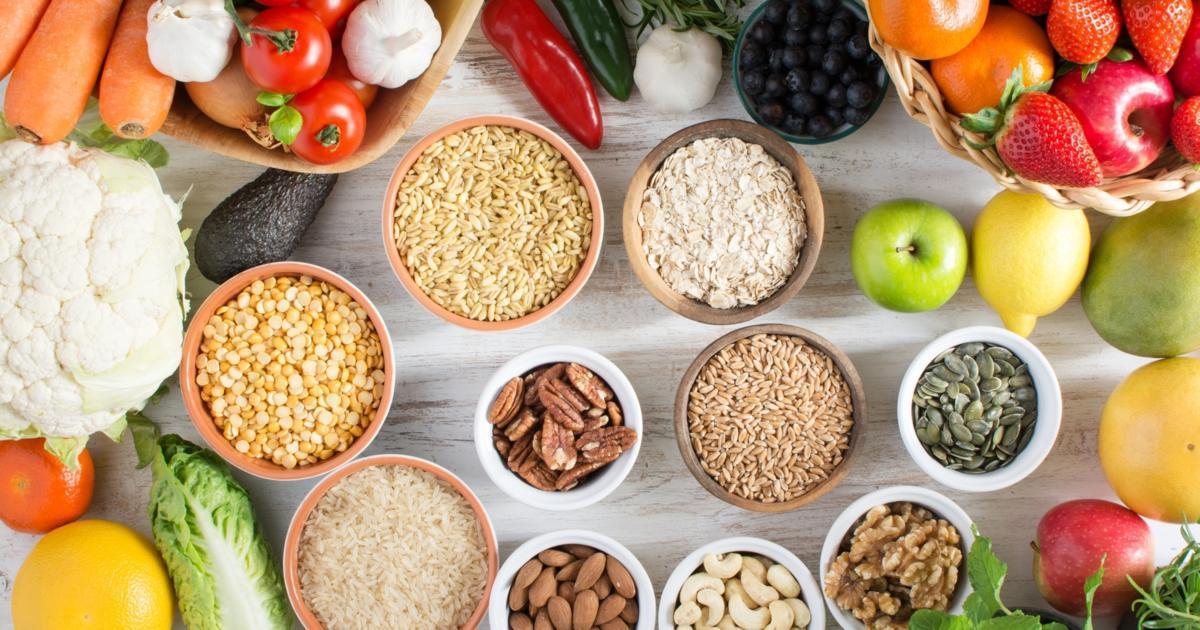What Is The Diverticulitis Diet?
Diverticulitis can be a very painful condition and may lead to complications that require surgery if not treated and controlled. However, with proper medical care and adherence to dietary recommendations and restrictions, serious complications can be avoided. Diverticulosis develops in the lower intestine when pressure is built up from food traveling through the digestive system. The pressure causes small pouches to form in the walls of the colon. When the pockets become inflamed or infected, the condition becomes known as diverticulitis.
Learn about the diverticulitis diet that helps manage the condition now.
Definition And Purpose

Diverticulitis is a chronic, long term condition with different stages. There is the high-fiber diet to prevent flare-ups, there is the low-fiber version to help during a mild flare-up, and a liquid diet when there is more severe pain.
The diverticulitis diet is one that tries to prevent, treat, and avoid flare-ups and complications of diverticulitis, including fever, nausea, vomiting, bleeding from the rectum, blood in the stool, abscesses, or fistulas, which are abnormal connections from one organ of the body to another area. It also includes peritonitis, a generalized inflammation of the abdominal cavity that can follow a ruptured diverticulum. This is a medical emergency and requires immediate surgery.
Keep reading to learn about the food and drink allowed on the diverticulitis diet now.
Food And Drink Allowed On The Diet

Individuals with no flare-ups are told to eat a high-fiber diet to avoid trouble. This has been shown to be effective because it softens the stools and speeds them through the digestive system, lowering pressure on the intestinal walls. If an acute flare-up develops, the physician may order either a low-fiber diet or a liquid diet. A high-fiber diet may aggravate the intensity of the pain because the colon is more active when digesting fiber.
Food and drink allowed on the diverticulitis diet include white rice, bread, and pasta; processed fruits like applesauce and canned peaches; cooked protein like fish, poultry, and eggs; as well as low-fiber cereal. Oils such as olive and canola, and cooked vegetables such as carrots, asparagus, beets, squash, and zucchini, as good as well. Potatoes should be skinless, and any seeds in fruits should be removed. Patients should avoid gluten if they are sensitive to it or also suffer from celiac disease.
A liquid diet is given to a patient having a severe flare-up, and it usually lasts a short time. Plenty of water is encouraged, as well as coffee or tea with no cream, sugar or sweeteners. Ice chips, ice pops with fruit puree, gelatin, broth, and clear electrolyte drinks are all possibilities. Eight cups of fluid per day are recommended for proper hydration and to aid the colon in healing.
Learn more about the foods individuals on the diverticulitis diet should avoid now.
